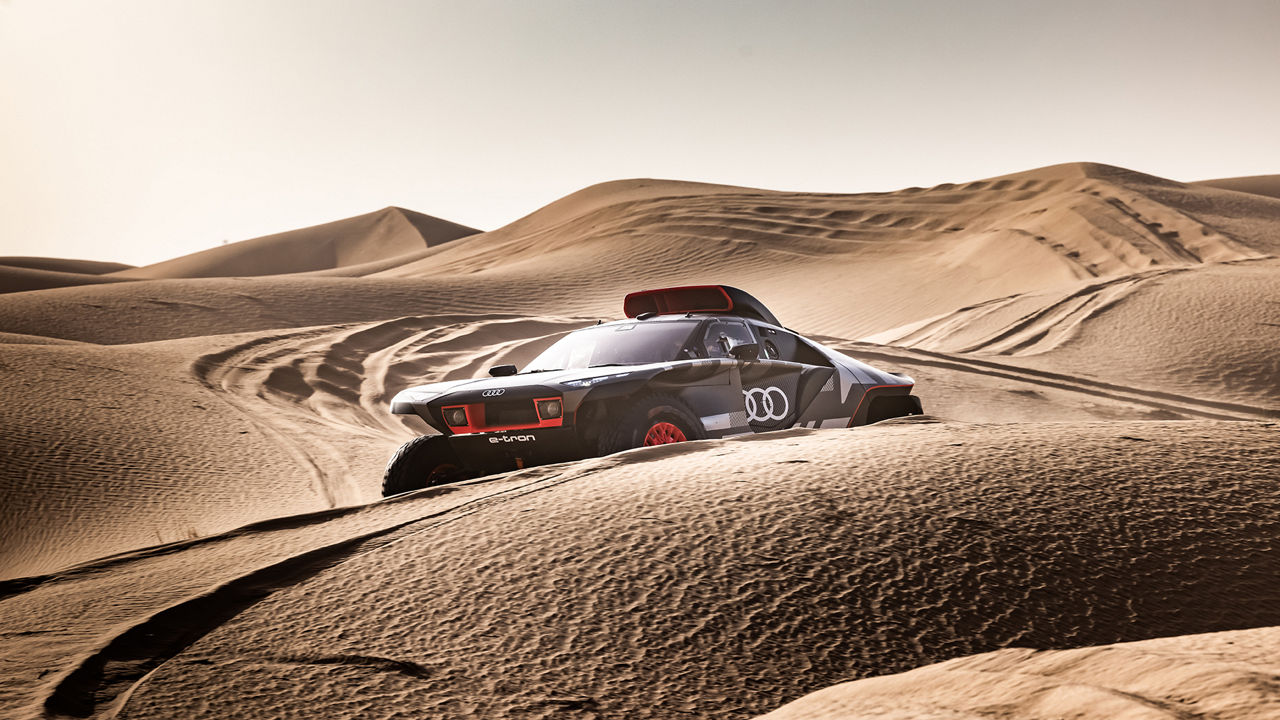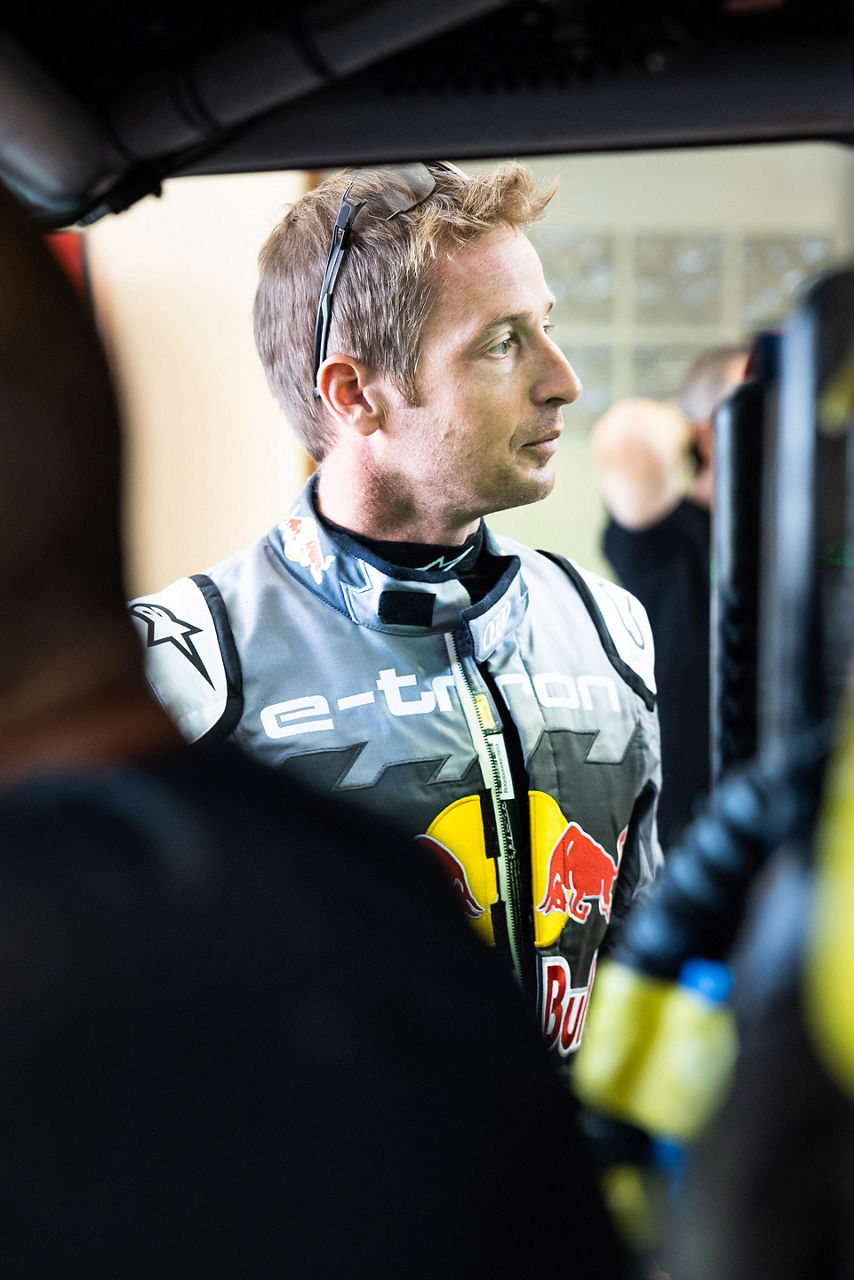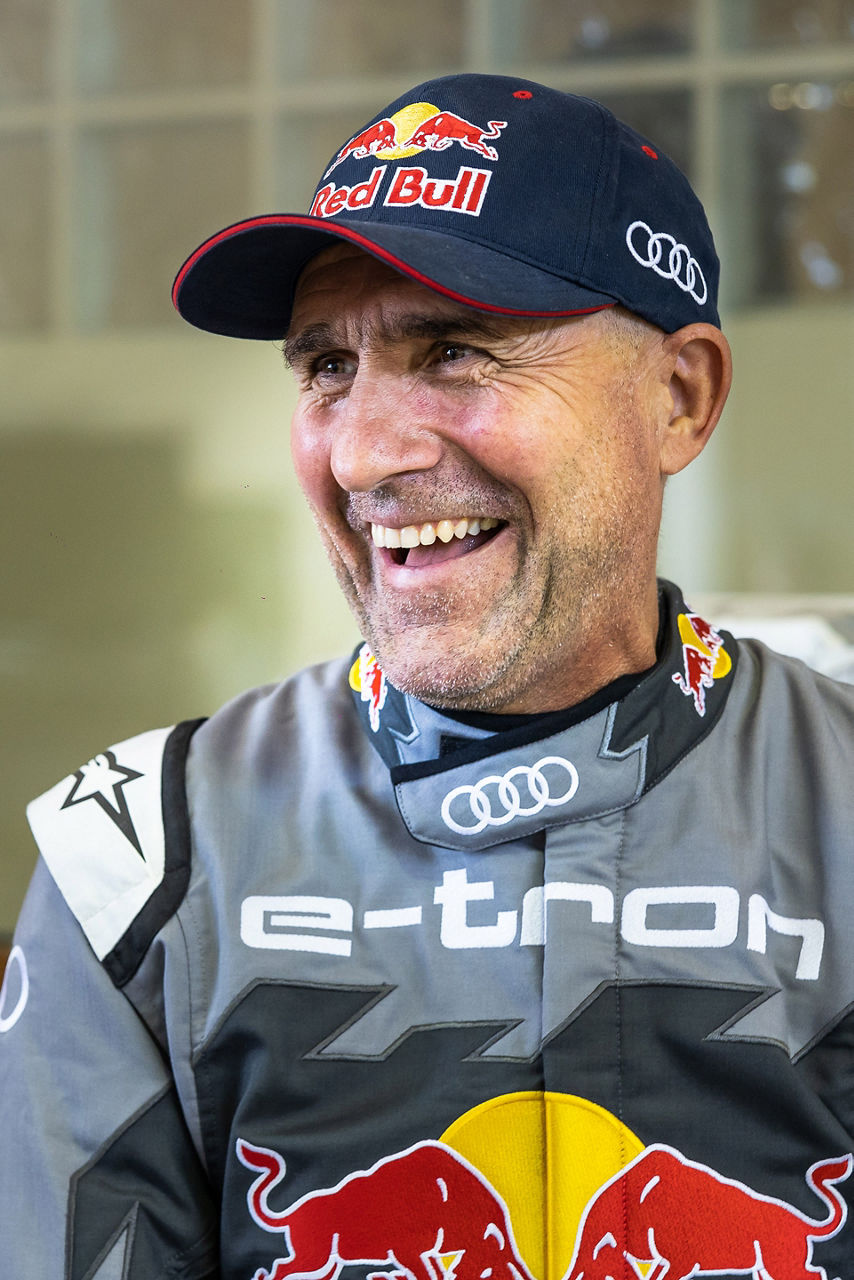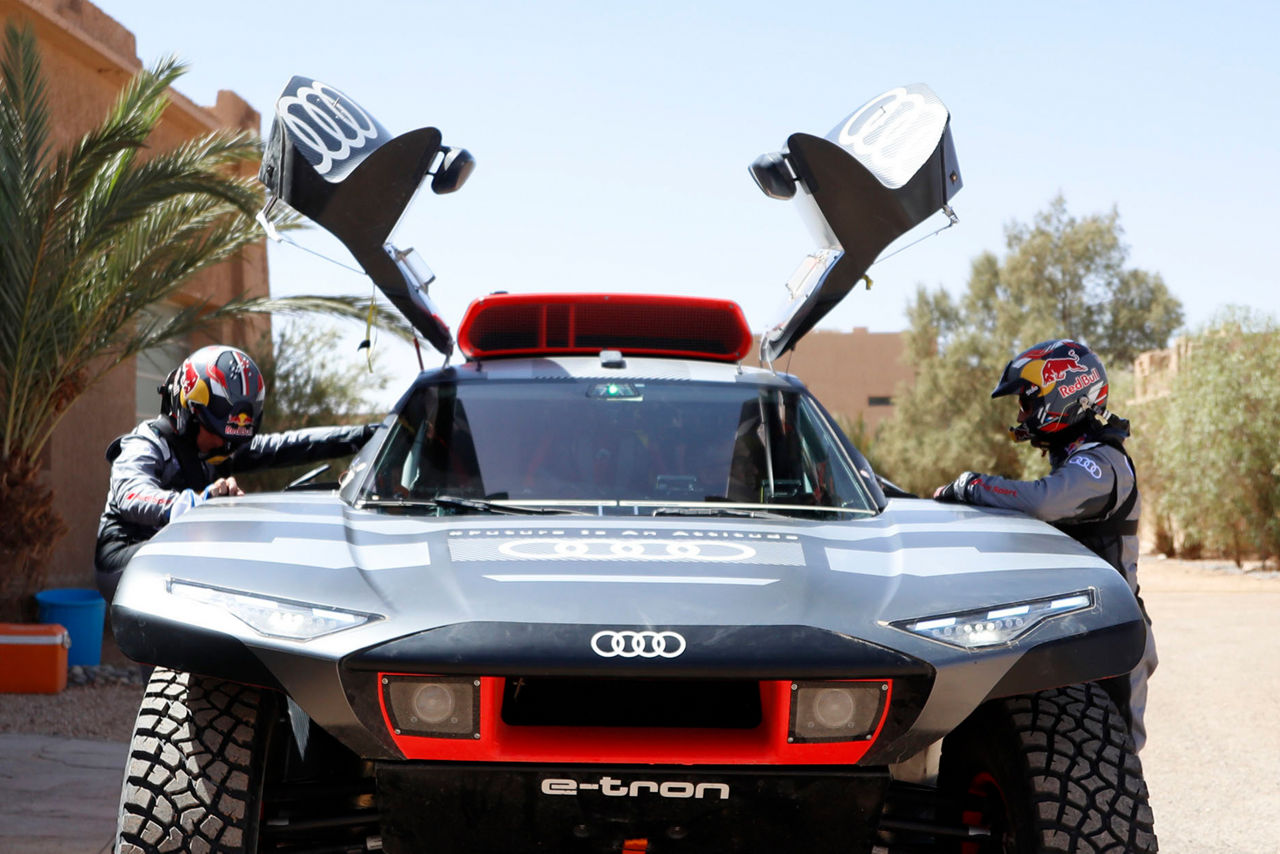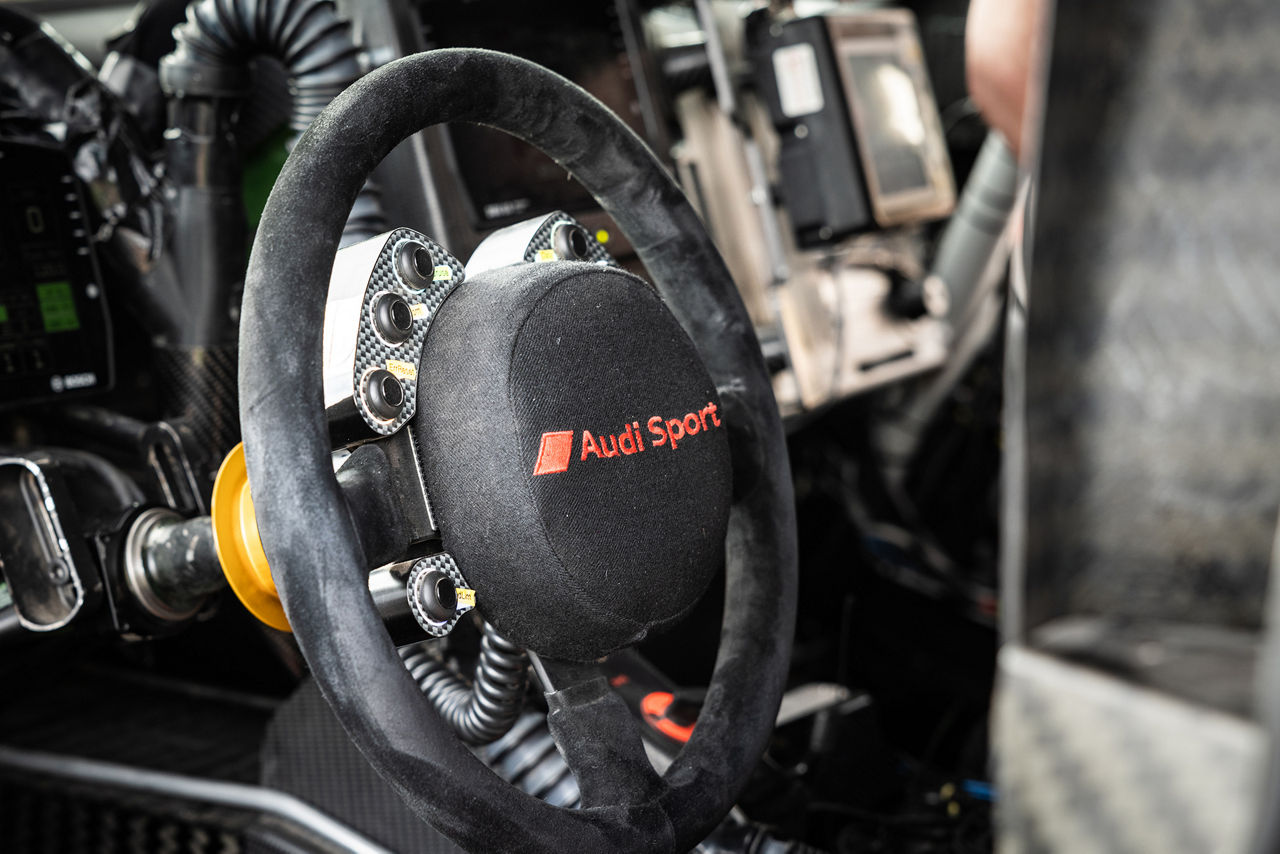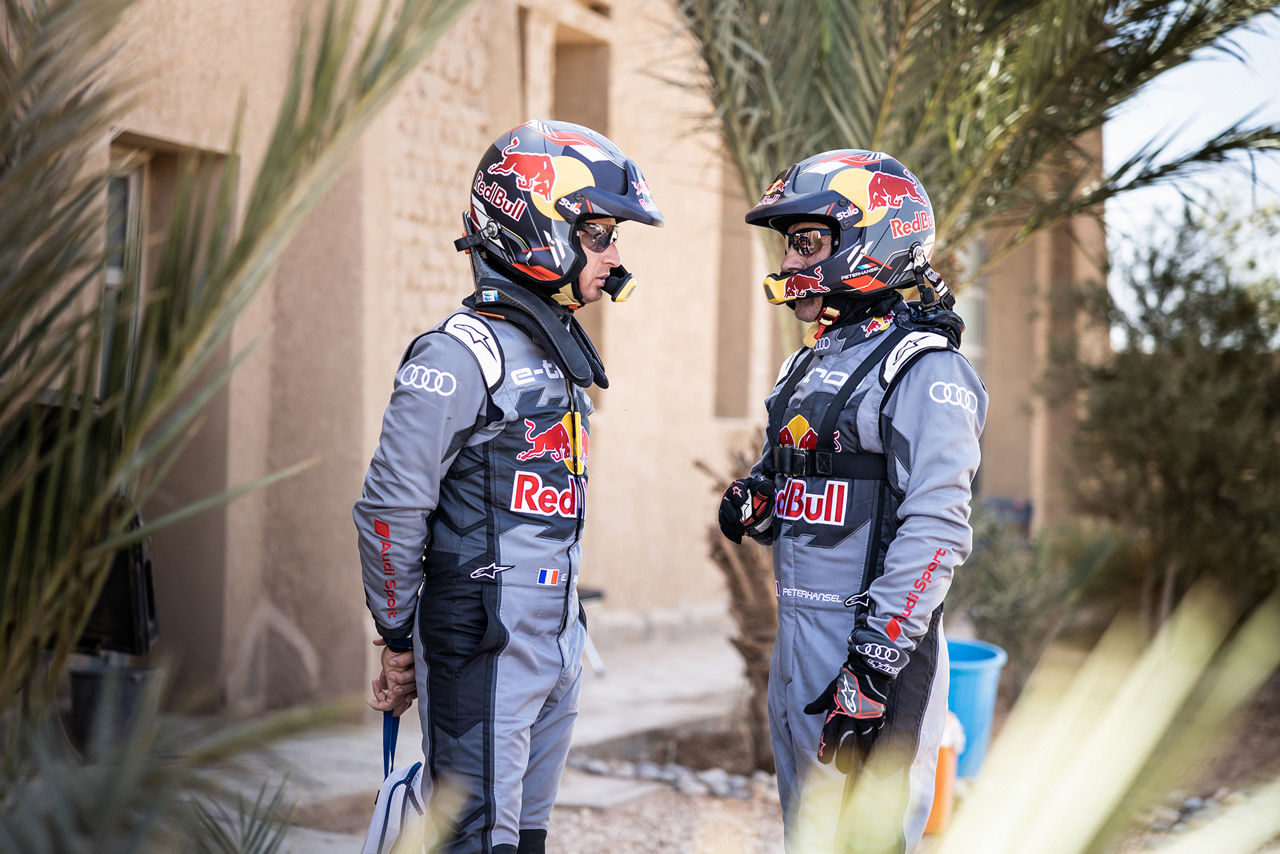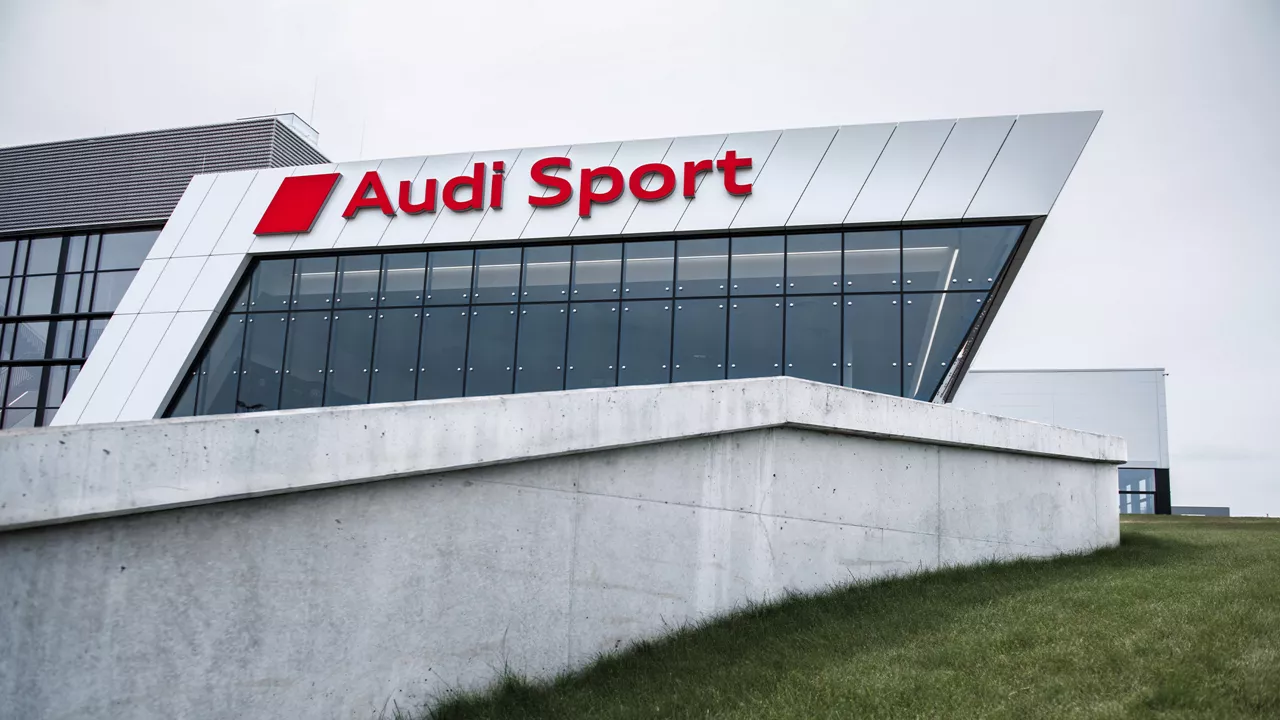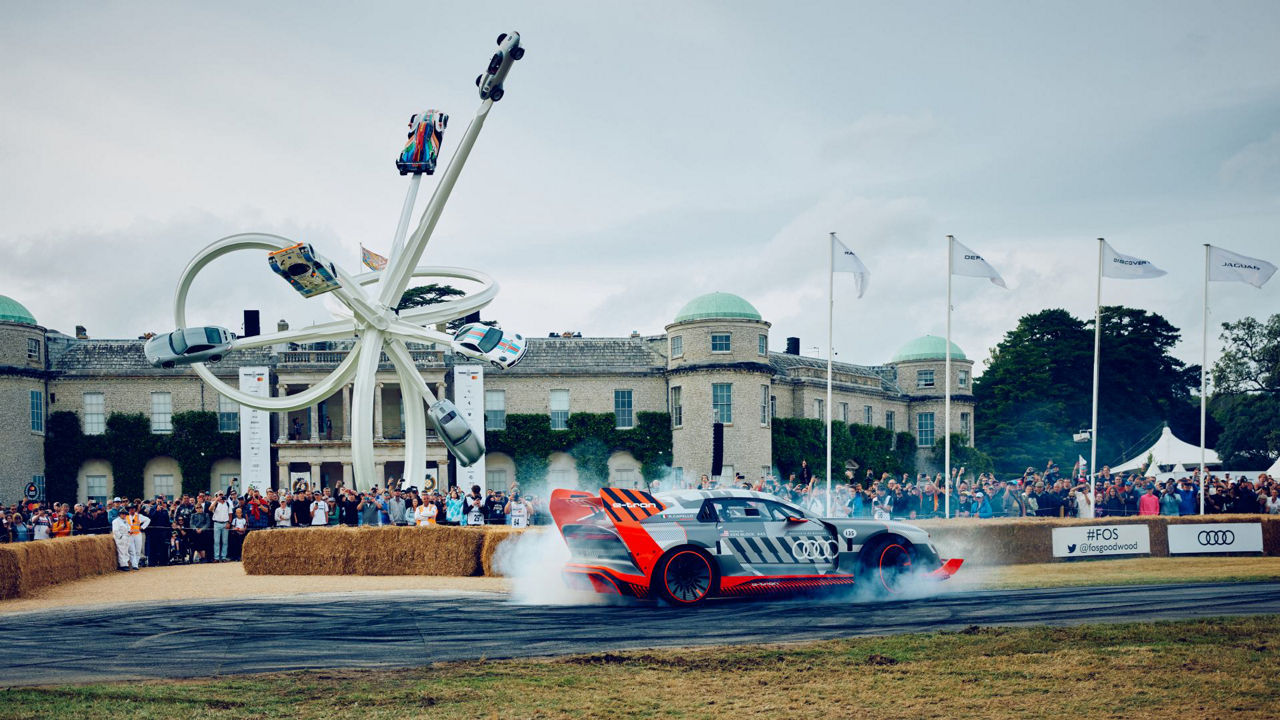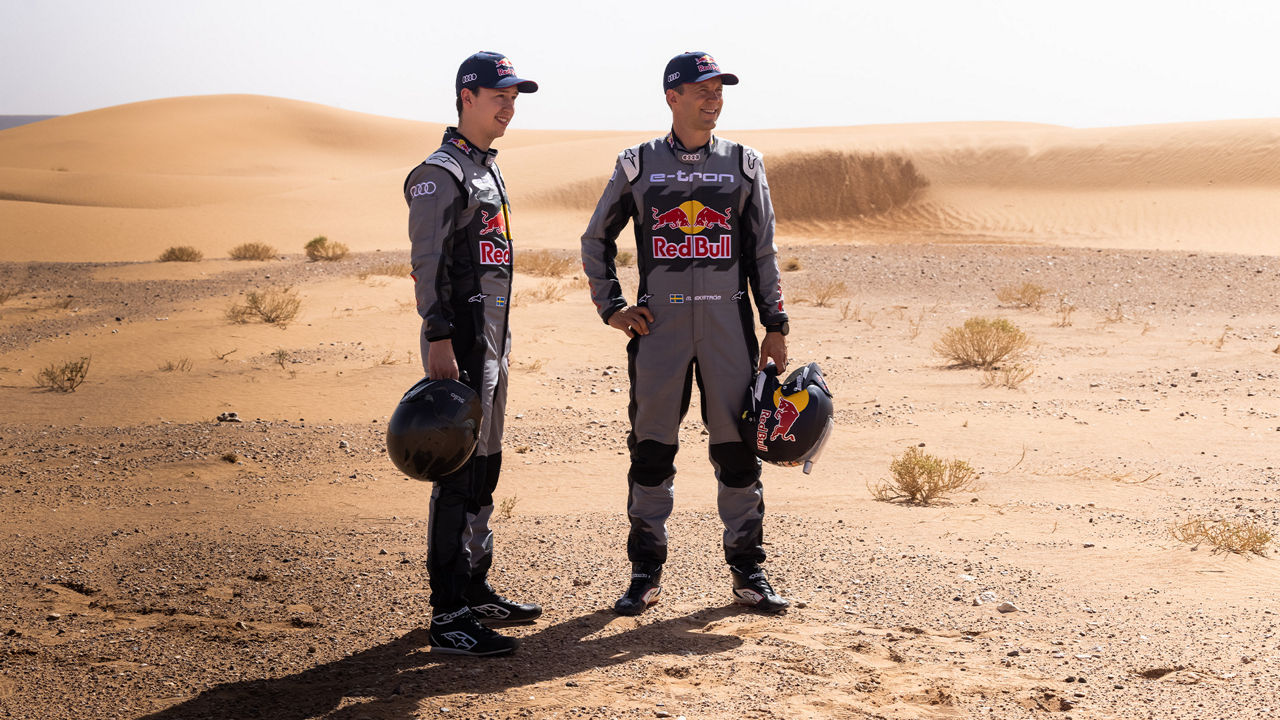Edouard, what exactly is your role as a co-driver?
Edouard Boulanger: Actually, it’s quite a multifaceted job that has become even more complex in recent years. Most people probably associate it with navigating. But as technology in cars advances, so the amount of navigating I do decreases. Strict navigation is only 50 percent of my duties. Today, a co-driver has to manage the car, especially all the electronic functions and act as the interface between the vehicle and the driver. I try to make Stéphane’s life as easy as possible.
It sounds like a very demanding job with long working hours.
Edouard Boulanger: I would be lying if I said it wasn’t. During the Dakar Rally, my day starts early in the morning and ends late in the evening when I brief the engineers. And let’s not forget the actual racing in between, which is a complex and sometimes stressful matter. You can’t afford to overlook any detail in the roadbook; otherwise you risk losing time or, what’s worse, getting lost. Meanwhile, you also need to keep a close watch on the car’s parameters so as not to sacrifice efficiency. Increasingly, being a rally co-driver requires mental agility.
So what makes a good co-driver?
Edouard Boulanger: There are two main things: First, there are the physical stresses. You have to be really fit to handle all the knocks you take during a stage. Usually, I can’t anticipate the bumps because I’m looking at the roadbook, not the track. As I said, mental agility is the other half of the equation. One moment, a co-driver will be checking the roadbook, the next, he is adjusting something on the car. All the while you’re passing vital information on to the driver.
Stéphane Peterhansel: I’d like to add that co-driving is about precision, too. All the information conveyed to the driver needs to be communicated precisely and without ambiguity. You have to remember that all these tasks are performed over hours of racing in extreme conditions.
